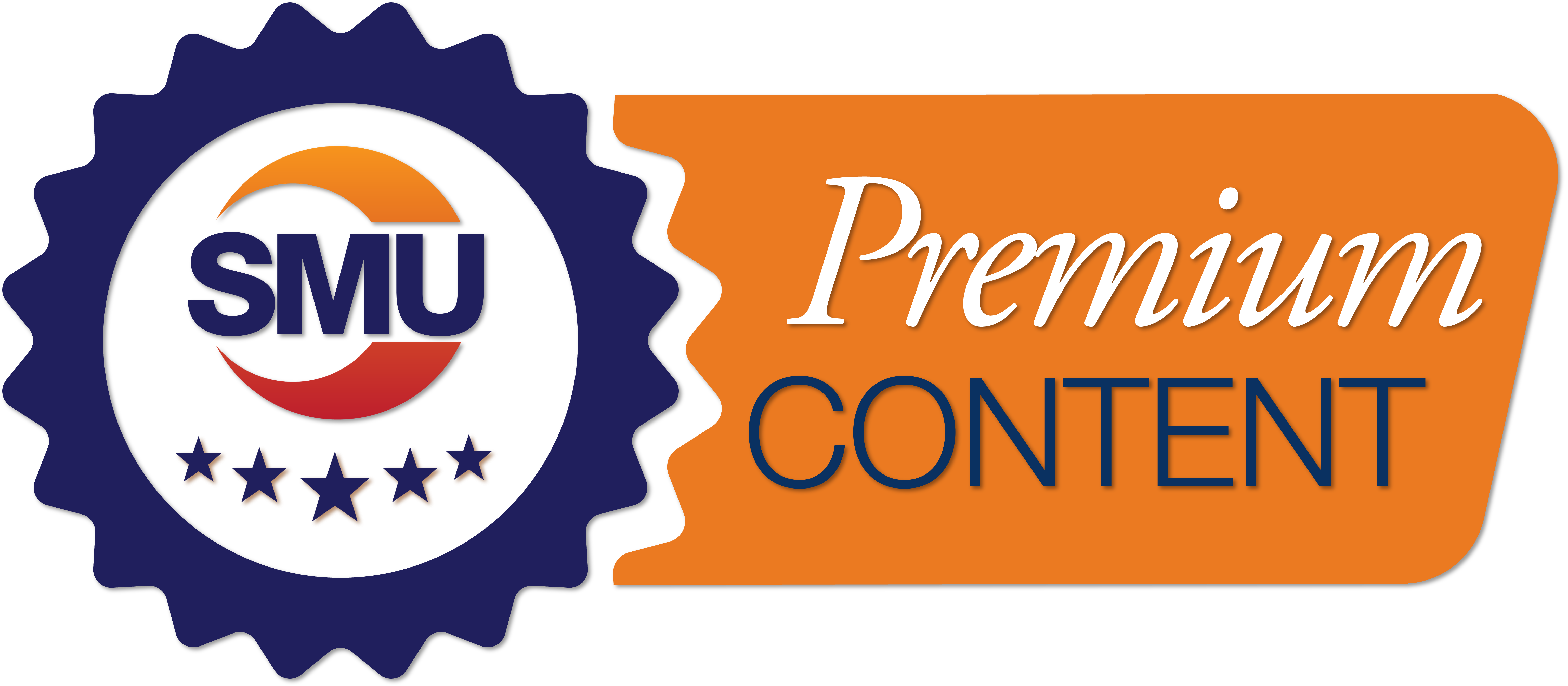Analysis

July 30, 2023
Final Thoughts
Written by Michael Cowden
There is a lot going on at SMU right now. We’re going to be rolling out a new website over the next few days.
We’ve also got more than 1,200 people registered to attend Steel Summit this year, putting us on pace to potentially break last year’s attendance record of nearly 1,300.
The event is just three weeks away, Aug. 21-23 the Georgia International Convention Center in Atlanta. The full agenda and details on registration are here.
Here are a few things that are on my mind as I think about what some key themes might be in the newsletter in the meantime and at Steel Summit.
![]() A ‘Generational’ Opportunity for Steel
A ‘Generational’ Opportunity for Steel
U.S. Steel in its earnings call on Friday flagged a potential “generational” market for steel thanks to three big trends: decarbonization, deglobalization, and digitization. Other steelmakers have pointed to similar factors driving the “near-shoring” of manufacturing to the US, or “friend-shoring” to aligned neighbors such as Mexico.
The big idea: More manufacturers will move to North America because they learned some painful lessons about the fragility of global supply chains during the pandemic. That movement should be accelerated by government incentives – notably the hundreds of billions contained in infrastructure spending and in the arguably misnamed Inflation Reduction Act (IRA).
That’s the carrot. The stick could be increased restrictions on imports based on CO2 emissions. CO2 measures could be in addition to existing AD/CVD orders, sections 232 and 301, anti-circumvention rules – and one could include “Buy American” provisions in there too.
We have seen a bipartisan agreement on trade measures to protect steel over the last decade. That’s already resulted in significant investments in new steelmaking capacity – not just in sheet and plate, which SMU pays closest attention to, but also in everything from raw materials (notably pig iron and DRI/HBI) to long products.
Where Will the Workers Come From?
That’s all great stuff. I don’t mean to downplay its significance in the least. But where will all the workers to staff these new mills come from? What about the advanced chip plants and battery factories that we’re also building? I say that because some of you continue to tell me how difficult it remains to recruit and retain not just skilled workers but laborers in general.
Maybe it’s a matter of logistics. Perhaps your new location is in a rural area, and it’s been hard to convince people in urban or suburban places to move there. Perhaps you’re located in an urban area, but housing is too expensive for workers to live anywhere nearby.
Maybe it’s culture. Perhaps the place you’ve built hasn’t had many manufacturing job opportunities in years, and it’s been difficult to rebuild a manufacturing culture that used to be taken for granted. Or maybe there are a lot of manufacturing jobs in your region. That can mean you lose one worker to the oil and gas industry, or to construction, and then they bring a few more with them.
Maybe it’s pay. Maybe you’re on campus with a mill – and the companies there are fighting amongst each other for workers. Or maybe you’re a smaller company and just can’t offer the salary and benefits to compete with some of the bigger firms.
Related to culture, a lot of you have mentioned “ghosting”. A potential worker doesn’t show up for an interview or even, if hired, the job. Perhaps a worker quits for another job without two days’ warning let alone two weeks’ notice. (And that’s not even getting into the horror stories some of you have told me about drug issues, even arrests.)
In short, the government has provided plenty of money and incentives to industry to rebuild and to relocate to North America. Is there a robust jobs training program to go along with it?
A Warning From Automotive
I bring up duties and tariffs as well as labor in part because these issues are on display right now in the automotive industry. Will the United Auto Workers (UAW) and the “Big Three” union-represented automakers – Ford, General Motors, and Stellantis – make a deal or not?
Current labor agreements between the UAW and the automakers expire on Sept. 14. That’s not all that far away based on current lead times. Some of you have already told me that you don’t want to have extra steel on hand ahead of a potential strike or lockout.
I suppose that cuts two ways. It’s a wise move if there is a labor action, as there was in 2019, the last time UAW contracts were negotiated. It might not be so wise if we see, as we saw with negotiations between the United Steelworkers (USW) union and domestic mills last year, all sides agreeing to significant pay and benefit increases – even if some of those deals were struck at the last minute.
You might also have noticed that we included an article from CRU, our parent company, about the potential threat posed by electric vehicle exports from China. It’s a reality already in Europe. Might it become one in the US too?
The CRU article notes Chinese automaking giants like BYD and Geely, which might not be household names in the US. That said, Geely owns Volvo, which is a household name and, I’m told, makes very good EVs.
CRU compares the situation with Chinese EVs to that in steel a decade ago – shortly before Chinese steel exports swamped the domestic market. The US responded to that situation with a barrage of trade measures and has largely insulated US mills from direct competition from finished steel exports from China.
Will the US government do the same when it comes to automotive, and would domestic automakers support any such measures? I ask that because Ford, as was widely reported in April, has decided to import the Lincon Nautilus, a high-end SUV, to the US from China.
Yep, you read that right. Ford, based in Dearborn, Mich., will be importing what it expects to be one of its top-selling vehicles from China. The same China that, if political rhetoric were the primary gauge, we are supposedly cutting manufacturing ties with.
Is this a situation like the F-150 pickup? Ford switched to an aluminum body for the top-selling vehicle in the US. Then, despite some initial fears, other automakers mostly didn’t follow. They stuck with steel.
Or might US brands building vehicles in China become a trend thanks to lower material and labor costs there? I’d be curious to hear your thoughts – whether now, or at Steel Summit next month.
By Michael Cowden, michael@steelmarketupdate.com







